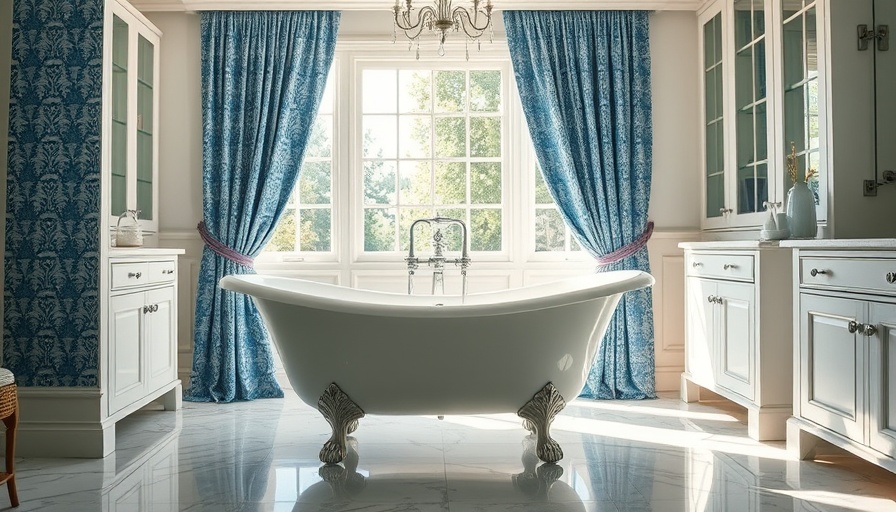
Why Some Home Projects Are Falling Behind
As the seasons change and homeowners in Metro Vancouver look to their outdoor spaces, it's apparent that many are postponing essential backyard projects. From the rise in material costs to labor shortages, various factors contribute to these delays. Interestingly, specific renovations tend to be affected more than others. Homeowners may be eager to renovate but feel overwhelmed by the challenges and complexities involved.
Outdoor Spaces in Limited Areas: A Growing Concern
In a region characterized by limited space, such as Metro Vancouver, homeowners often find themselves weighing the benefits of expanding their outdoor havens against the constraints of their property size. Commonly delayed projects include creating functional patios, installing outdoor kitchens, and enhancing landscaping. Each of these projects offers the potential for an inviting space, yet, the work involved may lead residents to postpone, opting instead for simpler solutions.
What to Prioritize Instead
Rather than becoming bogged down by ambitious projects, consider smaller, but impactful improvements that can still maximize backyard potential without the hefty price tag or extensive time commitment. Here are three prioritized suggestions for homeowners:
- Vertical Gardens: Great for those with limited horizontal space, vertical gardens allow you to grow herbs and decorative plants upwards. This method not only frees up ground space but also adds a unique aesthetic.
- Container Gardening: Utilizing pots and containers can make gardening accessible without the need for extensive ground preparation. You can mix plants to create a lovely display that fits snugly on patios or balconies.
- Cozy Seating Areas: Transforming a corner of your garden into a peaceful spot with furniture can encourage relaxation and social gatherings, transforming your yard into a vibrant social space.
Benefits of Smaller Projects
Focusing on manageable home improvements can alleviate the stress and burden associated with larger renovations. Smaller projects usually require less funding, are easier to plan, and can often be tackled with DIY solutions. Additionally, completing these can create an immediate sense of accomplishment and improvement in your home environment.
Creating A Cohesive Outdoor Space
When approaching these smaller projects, aim for cohesiveness in design. Colors, materials, and garden styles can harmonize to create a unified space that feels more significant than its size suggests. Additionally, pairing your vertical gardens and cozy seating with strategic lighting can enhance usability well into the evening.
The Community and Environmental Angle
As residents of Metro Vancouver, it's essential to consider the environmental impacts of our home projects. Opting for eco-friendly materials and sustainable gardening practices not only conserves resources but also enhances your yard’s biodiversity. For instance, native plants can offer habitat and food for local wildlife.
Step Forward and Get Excited!
With the continuous growth of the DIY community and healthy interest in home improvement, it's an excellent time to engage in small-scale projects that can elevate your home's charm and functionality. So, gather your tools, and unwind time spent exploring how to enhance your outdoor living.
 Add Row
Add Row  Add
Add 




Write A Comment